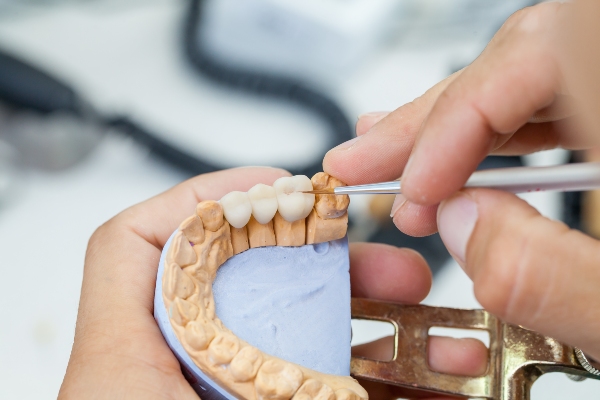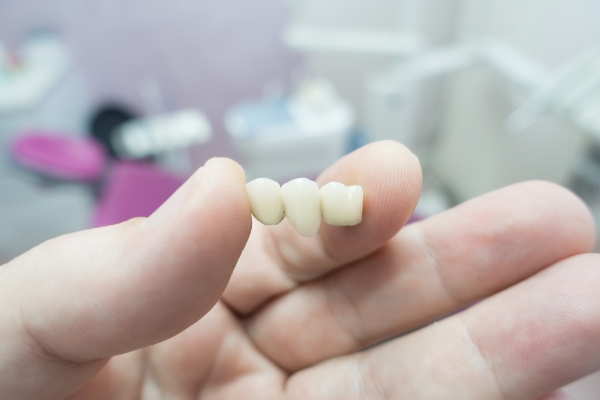Benefits of Dental Digital Scanning/Impressioning

Dental digital scanning/impressioning makes it possible for dentists to map their patient’s oral cavity. A digital scanner consists of a wand-like device that attaches to a cord on a computer. The computer has scanner software that helps provides the final result of the dental scan.
The dentist inserts the wand into the patient’s mouth and glides it across the bridge of the bottom and top teeth. As the scanner moves, the computer captures a digital impression of the patient’s oral cavity.
Difference between traditional and digital scanning/impressioning
Several differences exist between digital scanning and impressioning procedures and traditional methods, such as those listed below.
Risk of introducing errors
Traditional impressions required more materials and steps. The process of creating impressions is delicate, and it is easier to introduce errors with traditional impressions due to material defects, improper settings or the human element.
Number of visits
In most cases, digital impressions eliminate the need for return visits to a dentist’s office. Dentists can fabricate restorations quickly in the office, and the patient can have dental work done in a single visit.
Comfort and convenience levels
With traditional impression techniques, dentists place impression materials in the mouth for up to five minutes. This process is usually uncomfortable, especially for patients who are afraid of gagging. Digital techniques use a scanner to capture the digital impression of the patient’s mouth quickly and effectively.
Accuracy
With traditional impression techniques, the dentists rely on a visual evaluation to determine if the impression is ready for shipping to a laboratory. Because the images are in negative form, it is more difficult to identify mistakes. If the dentist identifies mistakes, the patient has to go through the entire process again. This can be uncomfortable and inconvenient, often resulting in wasted time, money and materials for the dentist and patient.
This is not the case with digital impressions as the dentist can magnify the image so that he or she can evaluate it properly. If missing any portion in the first digital scan, some digital impression systems allow the oral professional to take a scan of the particular spot without redoing the entire process. This follow-up scan only replaces the voided image without presenting new errors, filling in any missing data from the original digital impression.
Benefits of digital scanning and impressioning
Patients can enjoy many benefits from this process, including:
- Less chair time
- Improved quality of images for better-fitting restorations
- Eliminates the need for uncomfortable and distasteful restoration materials that may cause gagging
- Ensures more comfort and less anxiety for patients
- Reduces the likelihood of errors and material inaccuracies
- Storing impressions digitally makes it possible to keep them for a long time, saving space and ensuring efficient recordkeeping
- Supports a paper-free environment and eliminates the need for disposable impression and materials and plastic trays, making it eco-friendly
Wrapping up
With digital scanning/impressioning, the scanner captures the digital impression of the oral cavity before the patient’s eyes. As a result, patients understand more about the entire process. Visit one of our dentists to determine whether digital scanning and impressioning is ideal for your specific oral condition and discover how this technology can help you save time while ensuring efficiency.
Set up an appointment for a digital screening today
For more information or to schedule an appointment with Brimhall Dental Group, request an appointment in our Bakersfield dental office here: https://brimhalldentalgroup.com. Or call us at (661) 249-1122.
Recent Posts
Dental cone beam computed tomography (CBCT) technology has changed dental radiographic imaging, allowing dentists to treat their patients more effectively. This technology has allowed dentists to move from pure diagnosis to planning treatment simulations.The popularity of dental cone beam CT has grown rapidly because it has introduced three-dimensional images, making it invaluable for dentists who…
When the smile is missing a tooth or three, a general dentist may recommend dental bridges to restore its appearance and functionality. Even a single missing tooth can cause difficulties with eating and speaking. It also leaves room for the remaining teeth to shift, leading to a misaligned bite. While traditional and implant-supported dental bridges…
Curious about dental bridges? Read on to learn more about this type of restoration. The aftermath of tooth loss can be a struggle. The loss puts extra pressure on the rest of the teeth and chewing becomes less effective. Your speech gets affected too. Fortunately, dental bridges lay out a path to restoring the look…
A denture repair should be your top priority when your denture breaks or becomes damaged. This prosthetic device fills out all the empty spaces in your mouth. It is crucial to care for your denture since the missing teeth can compromise your eating habits, speech, and appearance. This dental device is durable enough to handle…


